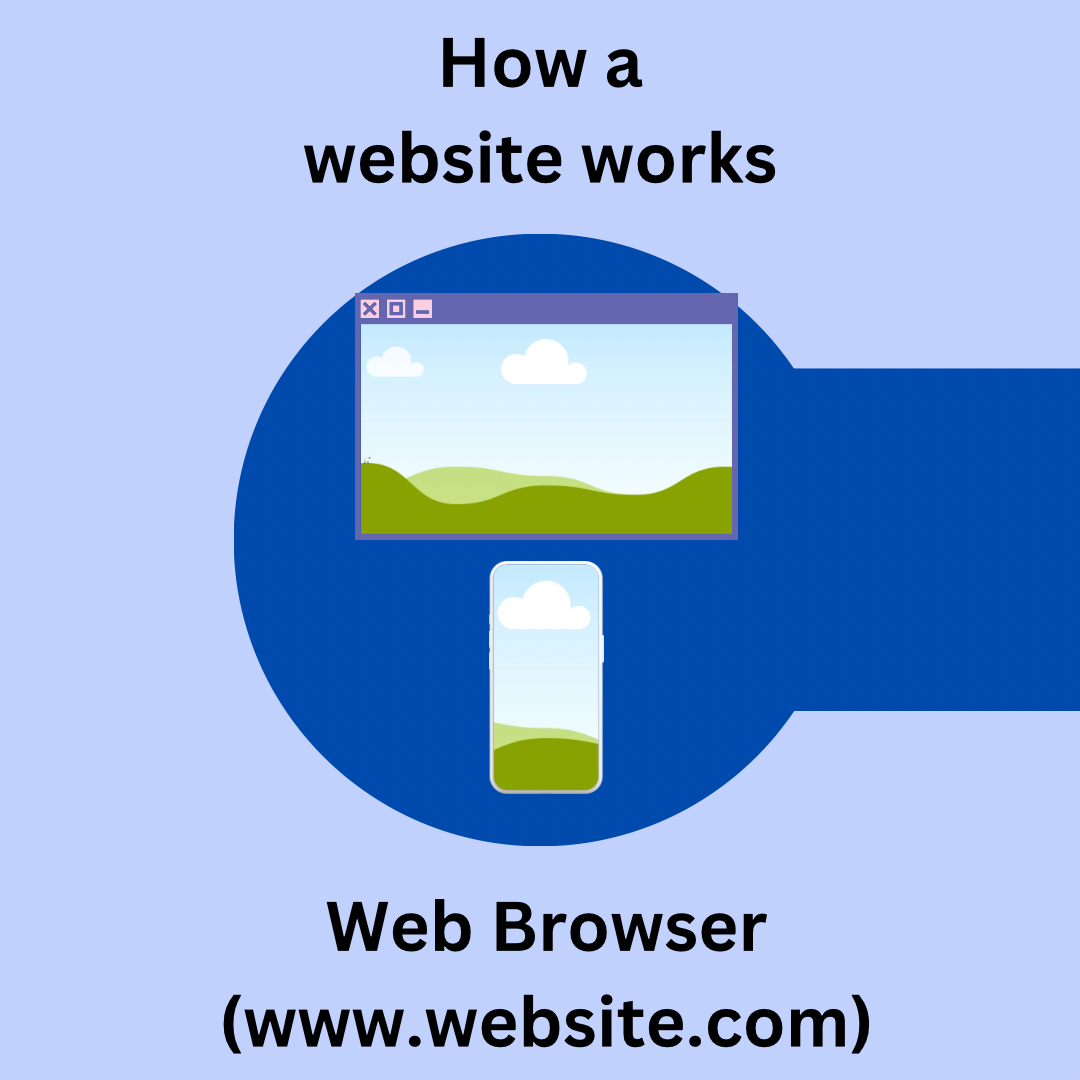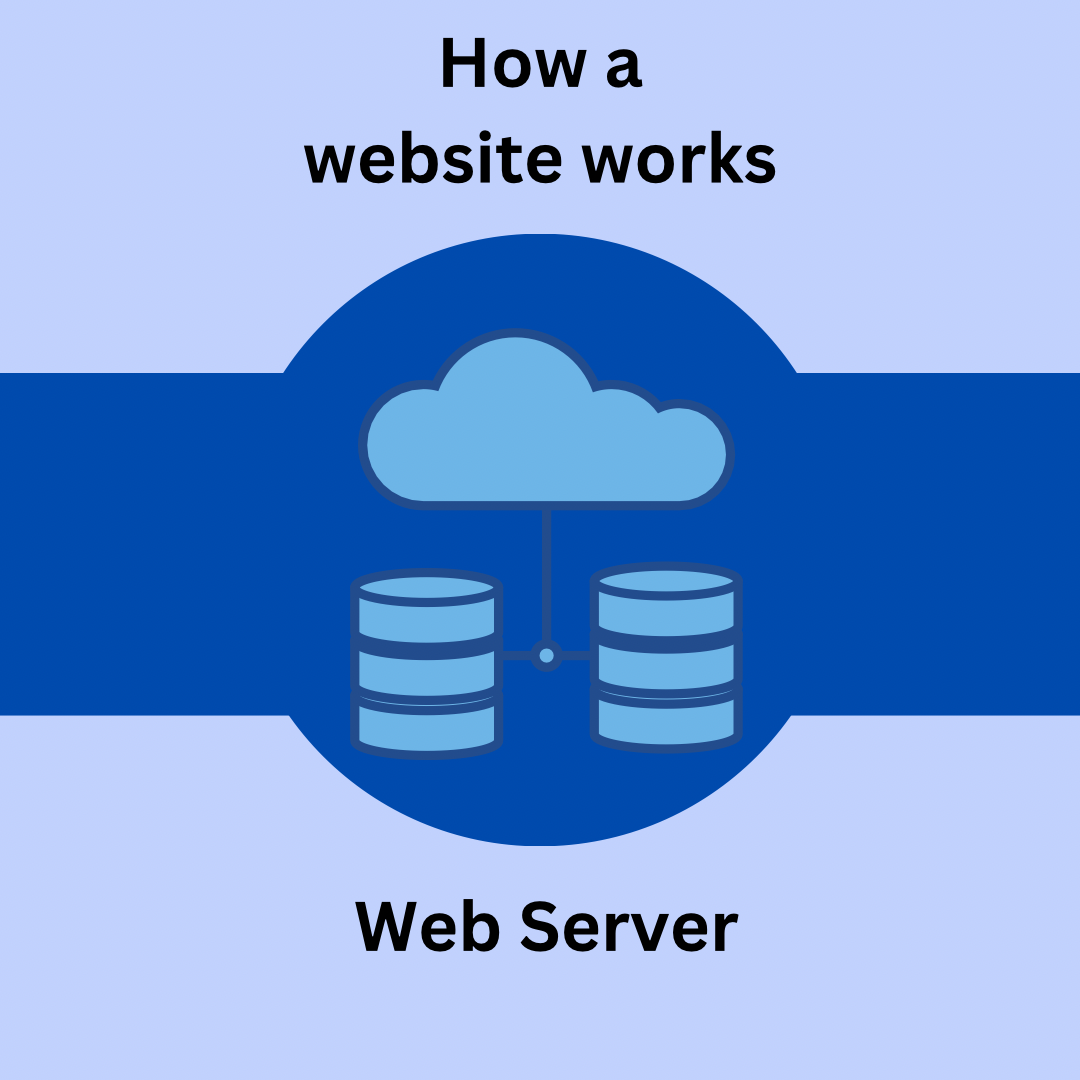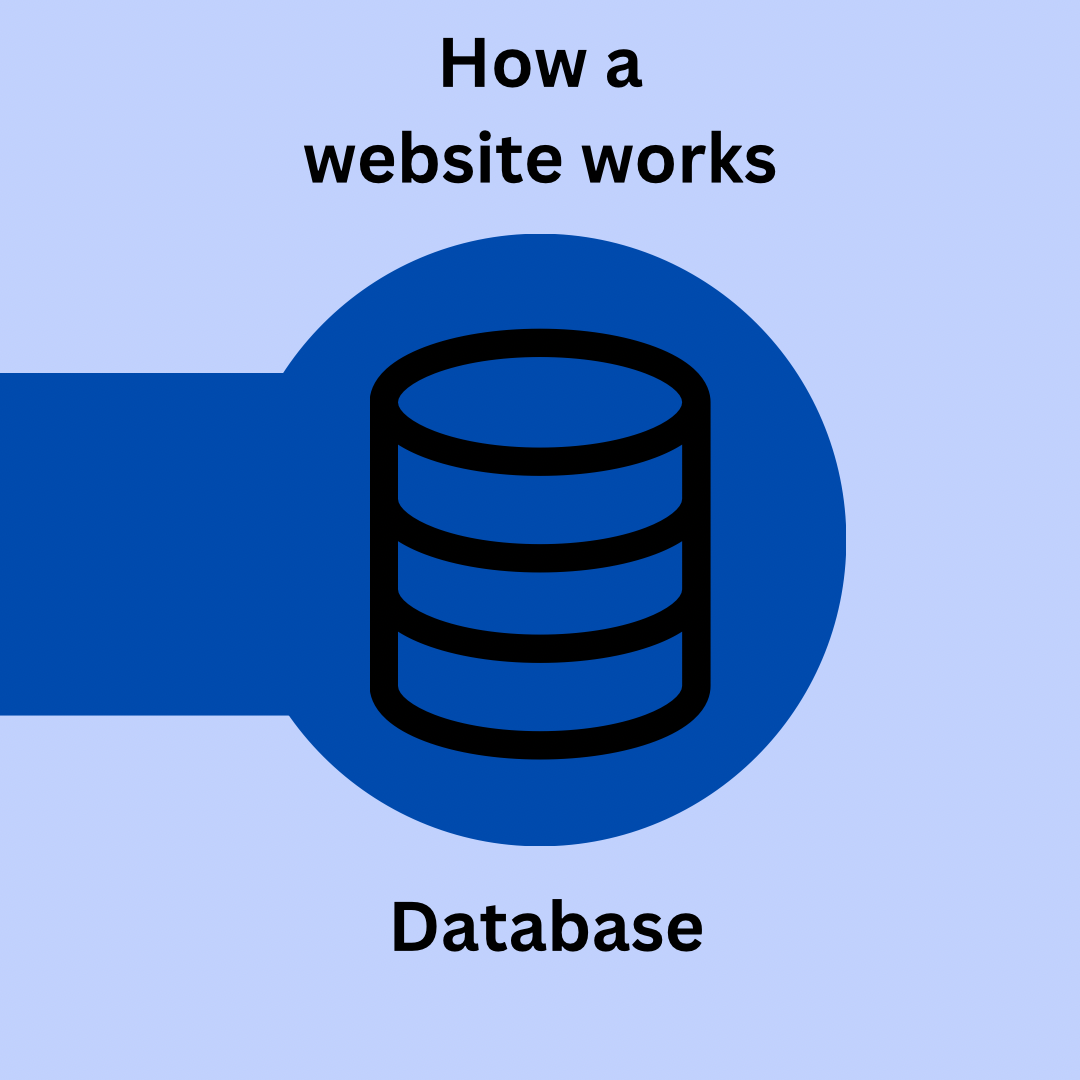


Hello friends, here’s another tech tip from Davina Leong.
Today, I’m sharing some insights on web development, including how a website works and the technologies and programming languages used at each stage.
Let’s start with you, the user. You use a web browser when you open Google Chrome or Edge on your computer (or Safari on your MacBook). On your phone, it will either be Safari or Google Chrome. In short, a web browser is a software application that lets you access and view websites online.
Websites are designed by web designers and built by web developers. Designers are responsible for making a website look appealing and ensuring it is easy for visitors to use. Some websites may even offer features to help people with special needs navigate them. Web designers use graphic software like Figma and Photoshop to create mockups and wireframes, giving clients an idea of how the final product will look. Web developers then code the website using fundamental languages like HTML, CSS, and JavaScript, which web browsers recognise. Technologies like React, TypeScript, and SASS make it easier for developers to build complex websites or web applications, but all code ultimately outputs to HTML, CSS, and JavaScript. The web developers you encounter at this point are typically front-end developers or full-stack developers.
When you enter a URL into the browser, the browser communicates with a web server to fetch the website. If you submit data through a form on a website, you are interacting with a web server. The browser takes the information you input and sends it to the web server for processing, checking for errors like spelling mistakes or fraudulent data. This is called backend development. Popular backend languages include JavaScript/TypeScript (via NodeJS), Python, C#, Golang, and Java, with technologies like Laravel, NextJS, and Django.
The web server communicates with a database to retrieve records, such as your email and shopping habits. Technologies used include SQL, with popular flavours being MySQL, PostgreSQL, and SQLite. The final aspect is the DevOps role, which is responsible for maintaining the health of the web server, monitoring for cyber attacks, and managing systems based on traffic.
In conclusion, understanding how a website works involves recognising the roles of web designers and developers and the technologies they use. From design and coding to backend processes and database interactions, each stage is crucial for delivering a seamless online experience. This overview gives you a clearer picture of web development. Stay tuned for more tech tips!